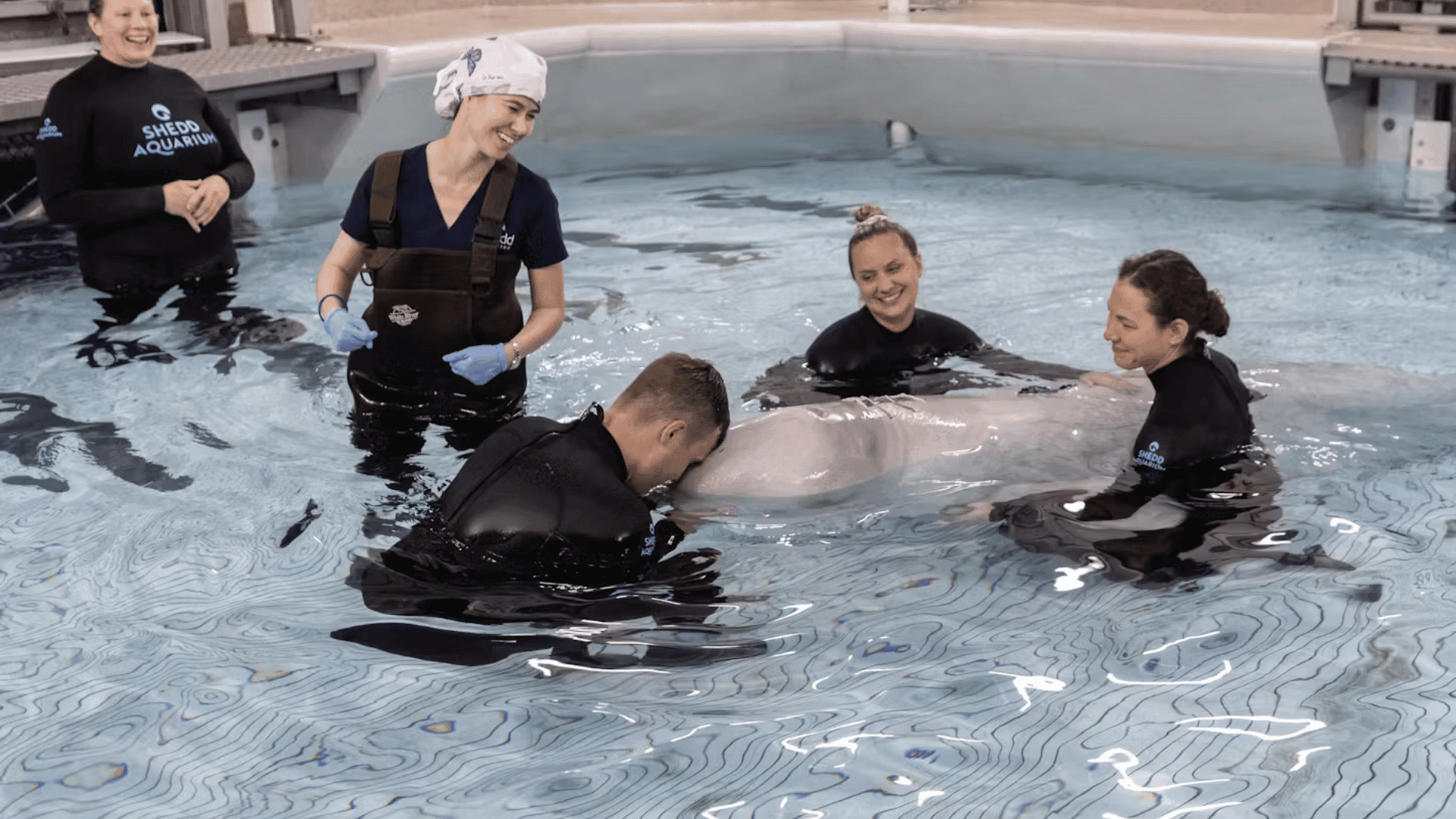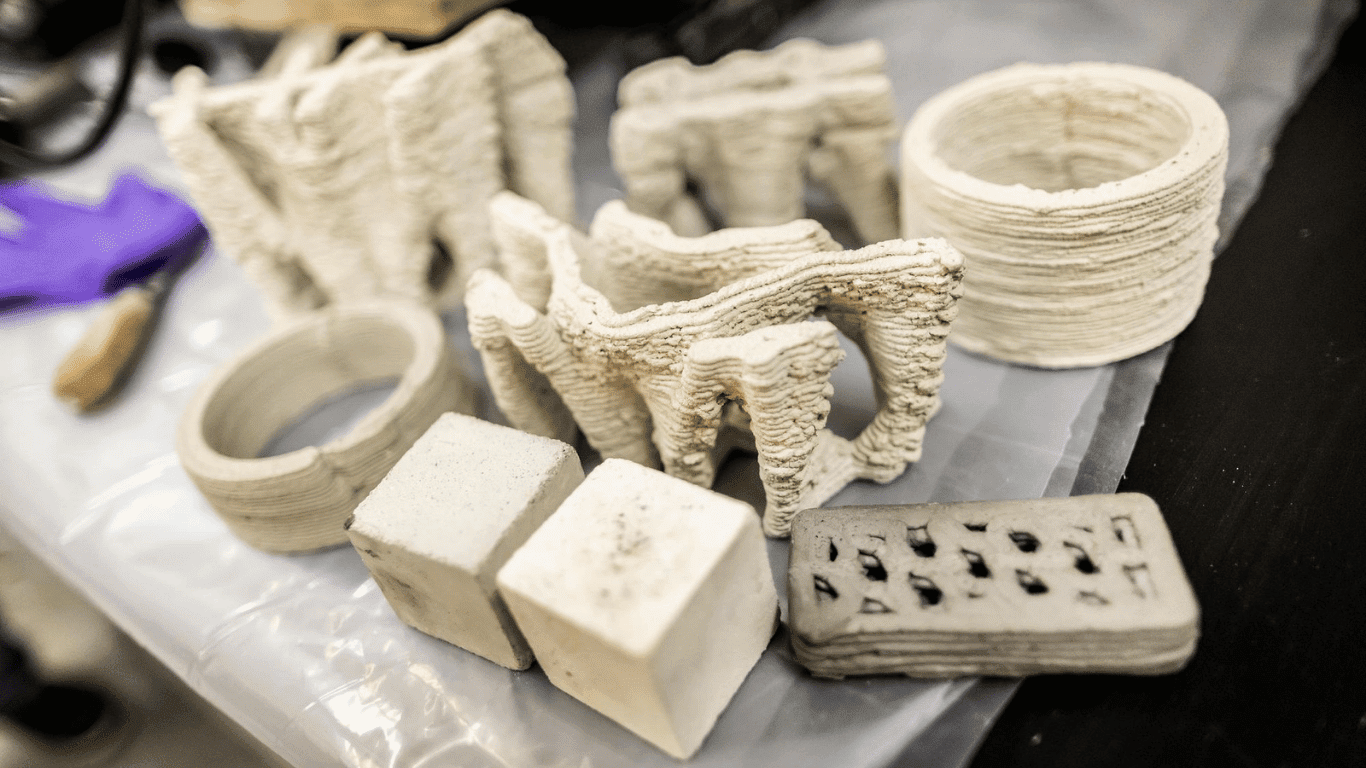More and more in recent years we’ve begun turning our attention from the streets to the skies as a possibility for everyday travel. Uber is already in the process of bringing us flying taxis, but could owning our own flying car be on our horizons as well? In early June of this year, Kitty Hawk, a flying car startup funded by Google co-founder Larry Page, unveiled its updated designs for their vehicles. The company had remained relatively obscure until the reveal of their first design back in 2016. The initial design was essentially a giant rideable quadcopter with a seat.
According to Popular Mechanics, the newly revealed design is much more sleek and simple. It features a complete cockpit with ten small rotors to keep the craft aloft. The controls themselves have also been simplified, consisting only of two joysticks. For safety reasons, if the craft isn’t being actively driven it will simply hover in place.
Also for safety reasons, the flyer is currently being tested exclusively over a water facility in Las Vegas. The speed and height is currently restricted to a safe 6 mph and 10 feet high. Because of the simplified design and control system, the company boasts that a person will be able to operate their flying vehicle with under and hour of training. The Kitty Hawk team hopes that, because of the simplified design, flight will become more accessible to everyone- not just pilots.
One of the drawbacks of the vehicles current design is the battery power. It uses a lithium-polymer battery which only allows it to be used for around 20 minutes before recharging. However, Kitty Hawk CEO Sebastian Thrun has hopes that the vehicles will one day have a more efficient design capable of flying 100 MPH over populated areas.
According to CNN, the company has currently conducted around 1,500 test flights among social influencers and business partners. This includes their very own reporter, Rachel Crane, who was given the opportunity to test out the vehicle. “The joystick is so intuitive, but it’s not the most comfortable thing I’ve ever sat in. You definitely feel the vibrations.” Rachel said, upon testing the flying machine.
Now that so much testing has been done and the design has been tweaked, the focus of Kitty Hawk is on public perception. The company plans to initially market the vehicle as a recreational product, but hopes that eventually, you’ll be able to find a flying car in every garage someday.
“The No. 1 most important thing other than safety for us is societal acceptance,” Thrun told CNN. “Will people be willing to fly on these devices, be willing to live next to these devices like this? That’s why opened this training facility in Lake Las Vegas — we’re here to learn from you, to see your reaction.”
To gage public interest, Kitty Hawk has created a page where you can apply to buy their flyer. However, they haven’t announced the delivery date or what the price of the vehicle will be. The company is also currently in the process of developing a two-seat self-flying air taxi service aircraft called Cora. This project was announced in March and is currently being tested in New Zealand. Though may not have an ETA on when these will be ready for public use, but Kitty Hawk is sure to take us to new heights.







